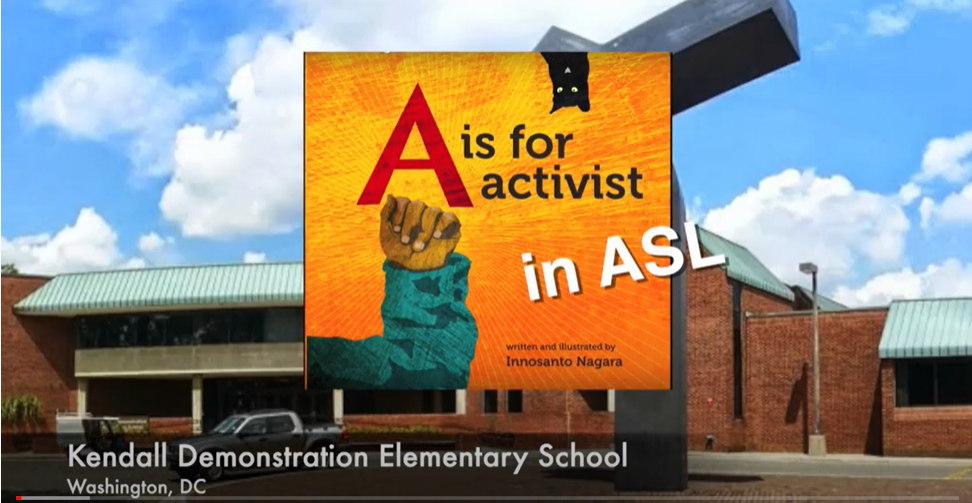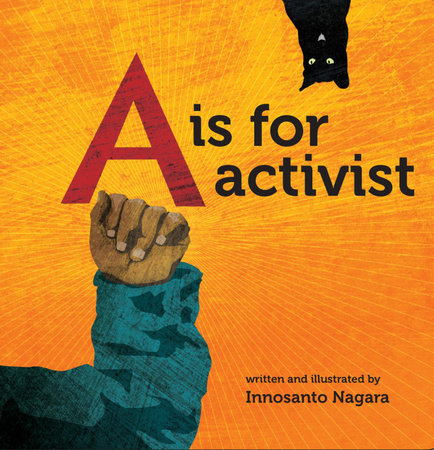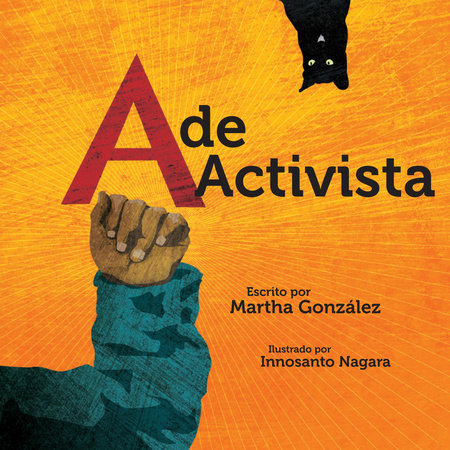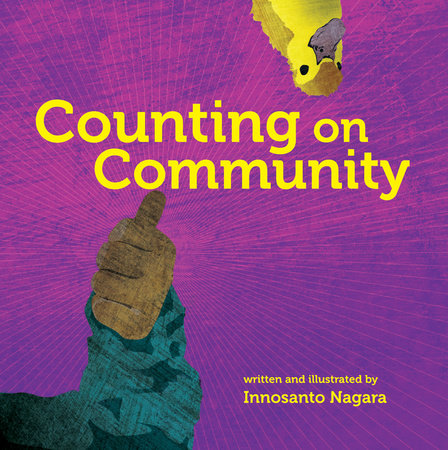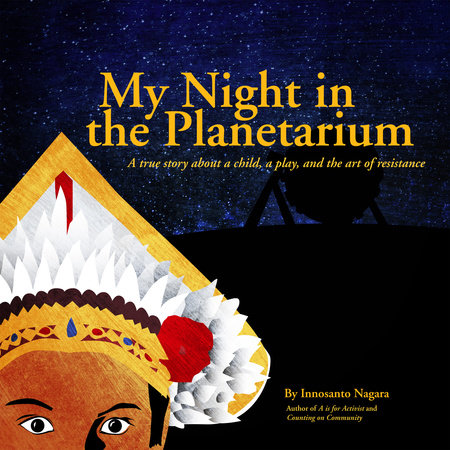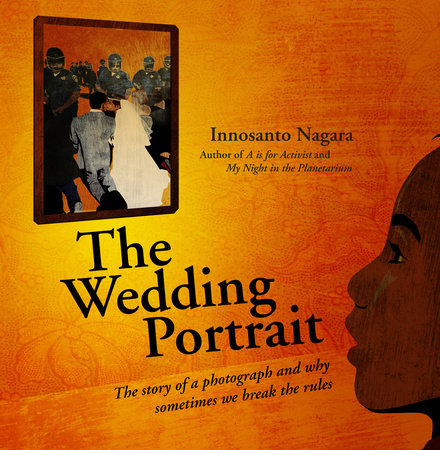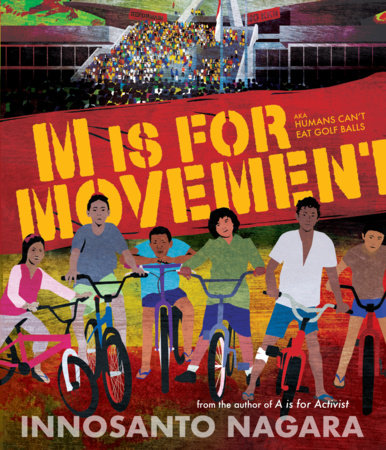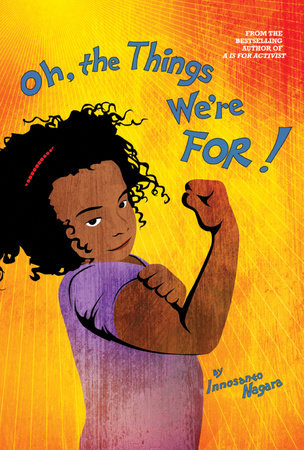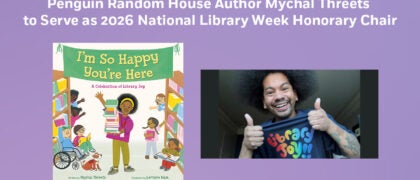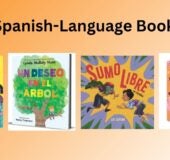Written by Lia Bengtson and Tarja Lewis from Kendall Demonstration Elementary School, Washington DC
As teachers of English Language Arts (ELA) and Social Studies for Deaf and Hard of Hearing students, we are always looking for resources and collaborative projects that can provide meaningful and accessible learning opportunities for our diverse students whose primary languages of instruction are American Sign Language (ASL) and printed English. This year, to help kick off Black Lives Matter Week of Action at Schools,
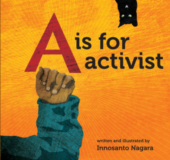 we decided to use the book A is for Activist – a children’s alphabet board book as our key resource. We involved our students in a very engaging and successful project to translate this print resource into ASL and create a video in which our students signed (in ASL) the content of the printed pages. This project had a huge, positive impact on our participating students who showed increased self esteem and confidence in their work. Moreover, we created a tangible, accessible learning resource for our whole school and other schools for the deaf.
we decided to use the book A is for Activist – a children’s alphabet board book as our key resource. We involved our students in a very engaging and successful project to translate this print resource into ASL and create a video in which our students signed (in ASL) the content of the printed pages. This project had a huge, positive impact on our participating students who showed increased self esteem and confidence in their work. Moreover, we created a tangible, accessible learning resource for our whole school and other schools for the deaf.
We teach at Kendall Demonstration Elementary School (KDES), which is a federally funded school serving Deaf and Hard of Hearing students from birth to 8th grade. KDES is located on Gallaudet University’s campus in Washington D.C. Our curriculum follows a bilingual approach that uses American Sign Language (ASL) and printed English as the languages of instruction. Over 70% of our students are of color, and we have several students whose home language is not English or ASL, including but are not limited to Arabic, Urdu, Spanish, Farsi, and Chinese.
We are so fortunate to have so many resources available to us as educators in the Washington, D.C. area. One of them, DC Area Educators for Social Justice, often provides workshops and professional development opportunities for educators. We’ve attended numerous events that cover a range of topics, one being the Black Live Matter Week of Action at Schools. In January of 2020, there was a Black Live Matter Curriculum Fair which was co-hosted by this organization and Howard University’s School of Education. It was at this fair that one of our school administrators, Ms. Randee Bickford, attended a session on how to successfully implement Black Lives Matter Week of Action at Schools, school-wide. The workshop facilitator suggested that schools follow a three-year plan, starting with the book, “A is for Activist.” This seemed like a really good fit, as we wanted to find a way to have our school use one common resource that was accessible to everyone, especially the younger students. As mentioned earlier, KDES uses a bilingual approach that includes both ASL and English, so naturally one of the first things we needed to do was to make the book accessible in ASL.
Since our students are all Deaf and Hard of Hearing, for many of them, American Sign Language is their primary language, and they acquire English as a second language. Accessible resources in our students’ primary language, ASL, is something that is often lacking in deaf education. We wanted all of our 6th, 7th and 8th grade students involved in translating and creating an ASL video in which they signed the content of this book, which discusses aspects of activism in an ABC format. We broke down each page into ASL with the assigned student(s), which means we translated about 26 pages. With 26 letters in the alphabet, all our students each got a chance to create a “page.”
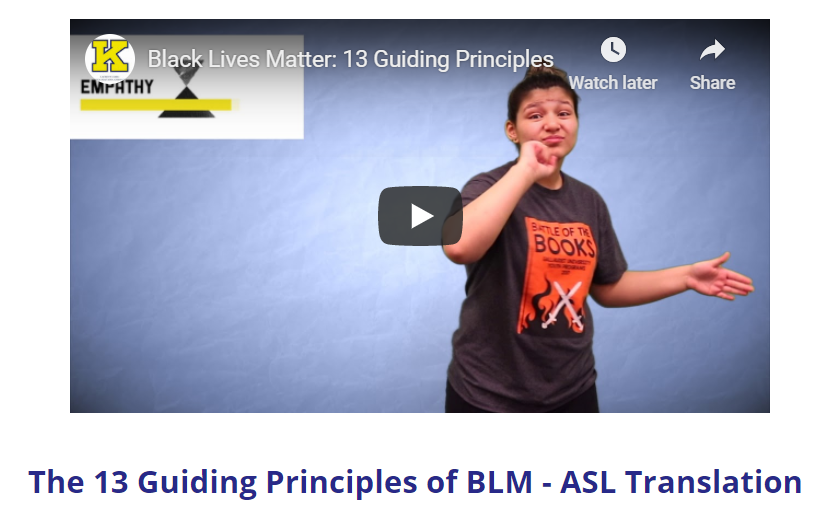 We were already familiar with this type of project, as we had collaborated on a previous project last year, in which we worked with students to translate each of the 13 Black Lives Matter principles into ASL for the kids to understand thoroughly and sign out loud. That project has since been used by other educators of the deaf. It was nice to be able to create another project that our students are proud of and to see their work go far beyond their own classroom and school.
We were already familiar with this type of project, as we had collaborated on a previous project last year, in which we worked with students to translate each of the 13 Black Lives Matter principles into ASL for the kids to understand thoroughly and sign out loud. That project has since been used by other educators of the deaf. It was nice to be able to create another project that our students are proud of and to see their work go far beyond their own classroom and school.
We saw a lot of great things come out of this project. A lot of teachable moments arose while we read and translated the text together, practiced signing their translations and filmed the story. For instance, translating English into ASL provided a lot of opportunities to explore the differences and similarities between the two languages.
A is for Activist thus became our big project for 2020 that would eventually serve as “one common resource” for the entire school, while instilling pride and motivation in our middle school students. In addition to making this video for our school to use, one big bonus that came out of this project was that we were able to create an ASL accessible resource for other schools, educators and students to use as well.
Here is a link of the A is for Activist ASL translation.

